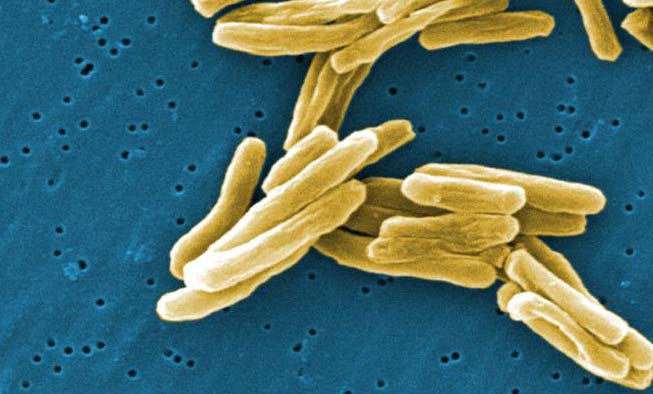Distinguished Trinity Science alumnus, Dr Patrick Brennan, is to be rewarded in November for his major contributions to research on tuberculosis and leprosy. John Engle reports
Dr Patrick Brennan is a University Distinguished Professor in the Department of Microbiology, Immunology, and Pathology at Colorado State University. His research into mycobacteria, particularly those that cause tuberculosis and leprosy, represents some of the seminal work on the subject in recent decades.
Dr Brennan completed his PhD at Trinity, studying under the distinguished Dr Frank Winder. Since then, he has become one of the preeminent voices in his field, being appointed to the prestigious American Academy of Microbiology in 2004.
This November, Dr Brennan will be recognised at the Trinity College Alumni Awards for his contribution to scientific progress and research. Dr Brennan spoke to us from his home in America:
How did you get involved in your field of research, dealing with mycobacterium pathologies?
I did my undergraduate work in University College Cork, and then came up to Dublin in the sixties to do my PhD at Trinity. My PhD director was Frank Winder, who died quite recently, and I worked with him on developing a new drug for treating TB, focusing on Mode of Action [the specific biochemical interaction through which a drug substance produces its pharmacological effect]. We worked on isoniazid, a drug still commonly used today to treat TB, and put focus on exactly how and why the drug worked.
Where did you go after Trinity?
After Trinity, I went to Berkeley, California, where I worked under Clint Lowe and did more work on TB. At Berkeley I did research on the structure of the bacterium that causes TB. It was a profound experience. I met my wife there also. She was studying at Berkeley. After that we came back to Trinity where I again worked with Frank. Did you stay long in Ireland? I worked at Trinity and at UCD. We had our kids there. But my wife was American and eventually wanted to go back to America, so we went back to the US in 1976.
You have worked on leprosy treatment as well as TB. How did you get involved in that?
I obtained a contract with Novartis, a drug company, to work on Clofazimine, a drug that had been developed by another Trinity scientist, Vincent Barry. It was originally called B663 and was meant to be an anti-tuberculosis drug, but proved ineffective. It did, however, turn out to be very effective in treating leprosy. I again worked on determining the Mode of Action.
Are you working on any research presently?
Currently I am working on the problem of drug-resistant strains of TB which have been popping up. The worst strains developed in Russian prisons and cannot be treated by any of the current drugs. These are called XDRTB, extreme drug-resistant tuberculosis. We are now doing molecular epidemiology, and are trying to apply basic biochemistry of the organism to find new targets for drugs to exploit. We are trying to understand how the organism works, particularly its cell wall. We focus on essential targets, the enzymes that are essential to the growth of the organism.
Have you done much work on leprosy recently?
Yes, we are currently working with the genome of the leprosy organism and its genetic coding ability. So far we have found that it has only a 50 percent coding capacity, or in other words, 50 percent of its genetic code is useless. There is also the problem of actually growing leprosy cultures in the lab. It is virtually impossible to grow except in the bodies of laboratory armadillos, which are virtually immune to the bacteria. Currently we are looking for what material could be potentially added to the genome in order to more easily grow it. We are also working in multiple endemic sites, taking biopsies and following to trace the spread of the disease.
Looking back, do you have many memories of Trinity student life from your time in College?
I was quite active with the Harriers and set the record for the Trinity Walk. They don’t do that anymore do they? It was a race from Belfast to Dublin during Trinity Week that was more an event than a race. People would stop at the pubs every couple miles along the way. The record had been up to that time about 36 hours, but in 1964 I made it in just over 24. I recall Trinity News did an article on me, describing me as a “smallish man with muscular legs”. The prize at that time was a barrel of Guinness. I won it again in 1965 with a time of 22 hours, ten minutes. I believe that record holds still today. I know they cancelled the walk due to the Troubles, and they must never have started it up again.






